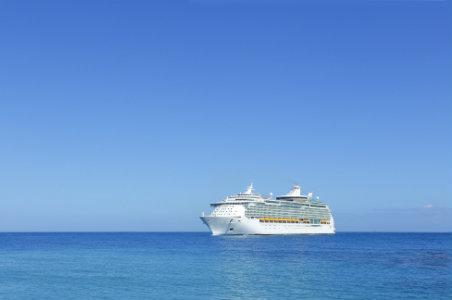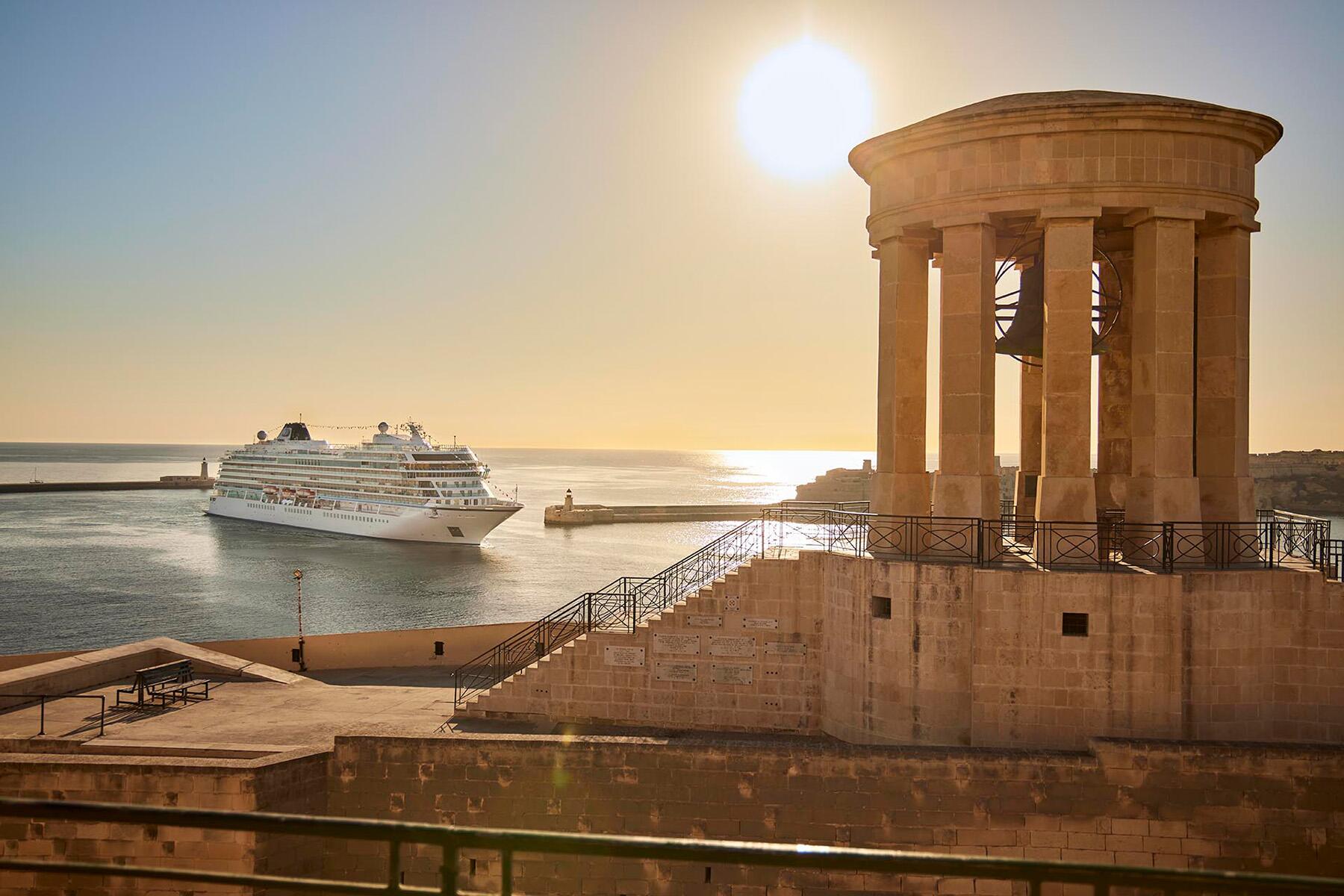
Some incredibly sad news came out of Venezuela recently: While on a cruise, a German man visited the port of Margarita Island and was shot dead in a shopping center during a robbery gone wrong. In January, a family visiting the port of Roatán, Honduras, was robbed at gunpoint. While they went unharmed, it was a scary situation that certainly ruined their vacation.
It's important not to assume that these types of incidents only happen to people who explore ports independently. Last April, more than 50 people on a ship-sponsored shore excursion were robbed at gunpoint on St. Lucia. Incidences like these are rare, but they can happen, especially in countries grappling with a crime wave or political unrest.
Savvy travelers need to assess the safety of their travel plans before setting sail. It's the only way you’ll be able to make a good judgment call on whether to explore a port alone or with an organized tour—or sit the port out in favor of a day enjoying the ship.
Check Your Itinerary with the State Department
Whenever you plan a cruise (or any vacation, for that matter), it’s good practice to check your destinations with the Bureau of Consular Affairs in the US Department of State. The agency provides both travel warnings and alerts so you know if there are any reasons you should think twice about going on a trip. Travel warnings point out issues like government instability, high crime rates, and frequent terrorist attacks. On the other hand, travel alerts provide information on short-term situations like strikes and demonstrations or health alerts (say, an outbreak of H1N1 flu). Visit the State Department's Alerts and Warnings page to search the Bureau of Consular Affairs database by country.
Recommended Fodor’s Video
Should you cancel a cruise if one of your ports is located in a destination with a State Department travel warning or alert? Not necessarily. It’s important to read the information provided and gauge your own level of risk. Some warnings revolve around a very specific part of a country, and your itinerary may not take you anywhere near there. If you aren’t visiting those trouble spots, you should be okay. There are also plenty of times when you can safely visit a destination with a warning in place. You just need to get all of the facts first and be smart about where you choose to go on shore. For example, the family that was attacked in Roatán rented a car and drove down a little-used dirt road to a beach that is not often frequented by tourists. For that reason, local authorities don’t patrol it as often as other more popular beach areas. In this case, the deserted beach gave the criminals the upper hand.
If you are traveling to a country with an active warning or alert, consider signing up for the State Department’s Smart Traveler Enrollment Program (STEP). You can alert the government about your upcoming trip and if something goes wrong, they are better able to assist you in an emergency.
Use Common Sense
When on vacation, it’s only natural to let your guard down somewhat. Be cognizant of that and stay aware of your surroundings—whether you’re on the ship or in port.
When you're on a shore excursion or exploring a port on your own, try to eliminate any clear visual signals that you're a tourist. Leave jewelry and most of your cash in the safe in your cabin. Don’t conspicuously wave a map around, look lost (even if you are), or casually leave your purse or backpack unattended on a park bench or restaurant table. Wear your purse around your body or conceal wallets in interior pockets or money belts. Keep smartphones, tablets, and high-end cameras hidden as much as possible.
Travel in groups and do enough research on your destination to steer clear of bad neighborhoods. If you haven’t done any research, be sure to attend the ship’s overview of the port (usually the night before) or talk with the crew about dos and don’ts.
Andrea M. Rotondo is a freelance writer based in New York City. She covers cruise news and luxury travel trends for Fodors.com, Condé Nast Traveler, Cruise Critic, and other websites and magazines. Her latest book is Tom Petty: Rock ‘n’ Roll Guardian. Follow her on Twitter: @luxtravelmavens.


